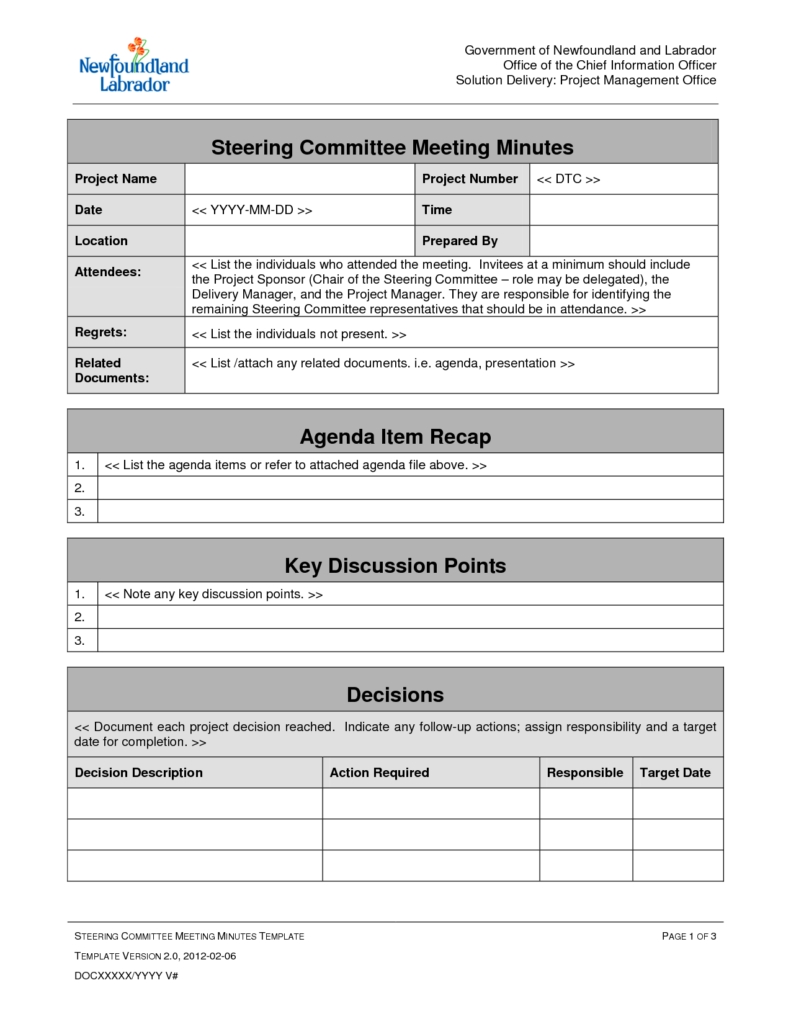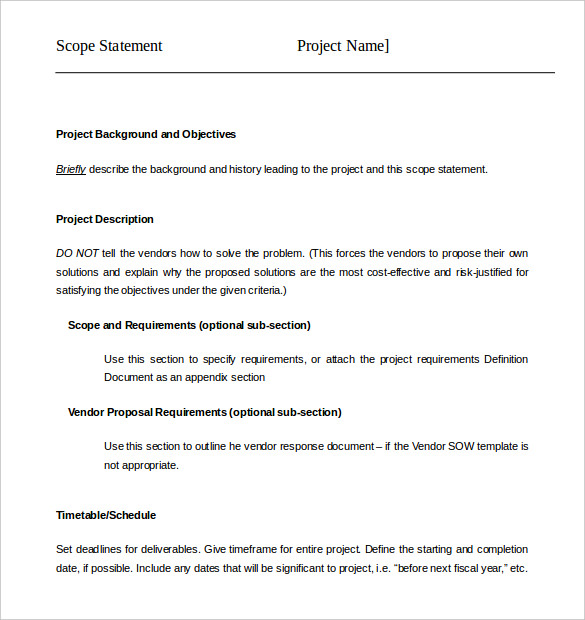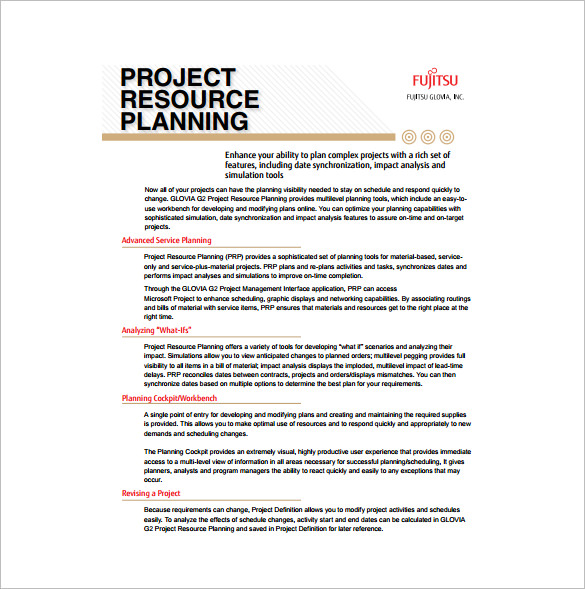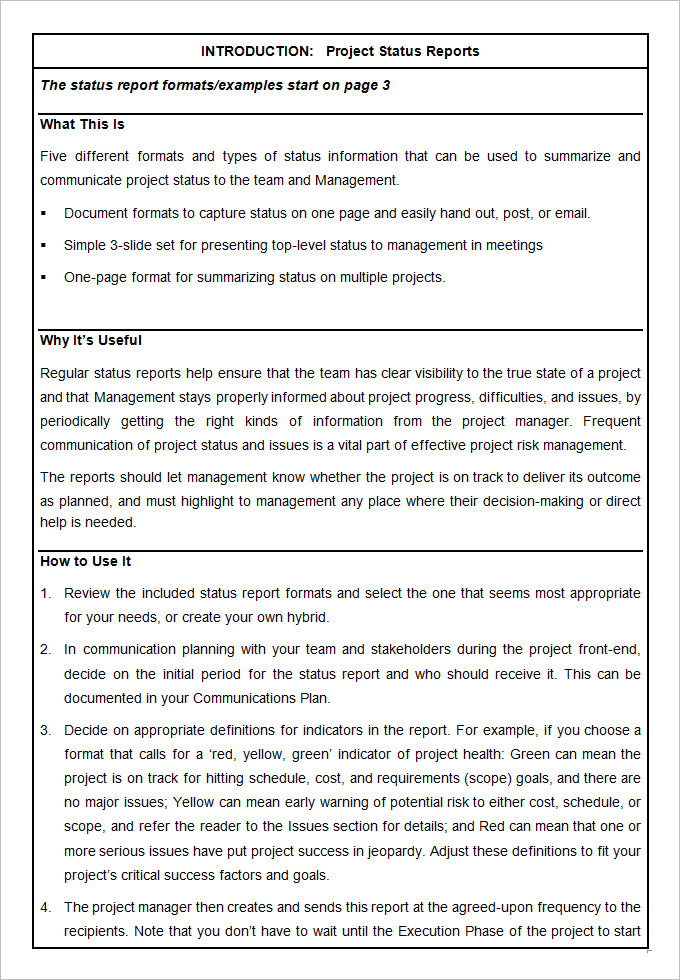5 Things To Do When Projects Go Wrong With Project Management Steps
5 Things To Do When Projects Go Wrong With Project Management Steps
Brought To You By SKM Project Management Steps
Anyone spending a decent amount of time in project management field will sometimes have projects from time to time that experience significant difficulties.
For all the project planning, it is never possible to predict all the eventualities and therefore foreseeing all risks. Projects are by nature more risky than other business activities. It is always useful to apply a few project management techniques to aid in such situations.
1. SHOW LEADERSHIP WHEN EXECUTING DELIVERABLES DURING THE PROJECT MANAGEMENT STEPS
An oft-repeated cliché this is something that is hard to explain in terms of action. When things go wrong there is plenty of nerves in the project team and management. Project team members often struggle to think beyond their immediate problem. You will find internal executives or sponsors worrying about contractual obligations and any fallout with the customer. Showing leadership in this context is to ensure this uncertainty does not spread into a panic. The role of the project manager or project management consultant is to steer a clear course and stopping any blame game that may raise its ugly head. Now is not the time for that. Focus on why after the project.
2. Avoid the temptation to simply throw more resource in the project phases
A common reaction to a struggling project is to throw more resources at it. If the project is of high visibility and management is not able to provide subject matter expertise, they will feel they need to contribute somehow to correct it.
The commodity at their disposal is resources. Be wary of this. More cooks do not equate to a better dish. You may need to enlist some mentoring for project team members or even yourself if you are managing a project outside of your technical expertise. Always consider how much time it will take before new resources can contribute to the project. If the issue is time, you will virtually ensure a delayed delivery by adding resources. Also take into account the additional communication required to successfully integrate them.
3. Avoid sugar coating
There is a temptation to play things down as things start going wrong to avoid creating panic. I have found it easier to be transparent about progress. Late surprises will compromise the integrity of the project like no other. While your stakeholders likely be upset with you, in the long run it will get you more respect. You need to be clear with communication internally.
If you need some of your resources to be allowed uninterrupted project time, you need to give that clear sense of urgency. Otherwise, you will not get the outcome you desire. Clear does not mean antagonizing your people. You may need the same people later in the project or for a subsequent project. Do not burn bridges.
4. UNDERTAKE REVIEW OF PROGRESS THROUGH THE PROJECT MANAGEMENT STEPS
Very often when a troublesome project is completed, people are so pleased to see the back of it, no learning takes place. This is just about the worst thing you can do. You are not making sure same problems are not repeated. Wait for a reasonable period after project closure to undertake a full review of progress during executing of the deliverables through the project management steps.
While things are still raw, people are more likely to be defensive and the value you get from the exercise will be limited. When you review, structure it so everyone has the ability to come forward with what they could have done better. Start yourself to show the way. If people are forthcoming, leave it at that. Your aim should be to avoid a repeat, not to be punitive.
5. Follow up
Do not leave the review in a document and expect the next project to pick up on it. Use the information from your review to recommend training plans and process changes for the organization. Present these to someone with influence within the organisation. After some time follow up on the progress of the recommendations. Improvement takes hard work and tenacity.
This is a useful and invaluable video about the key project management steps. Enjoy!!





